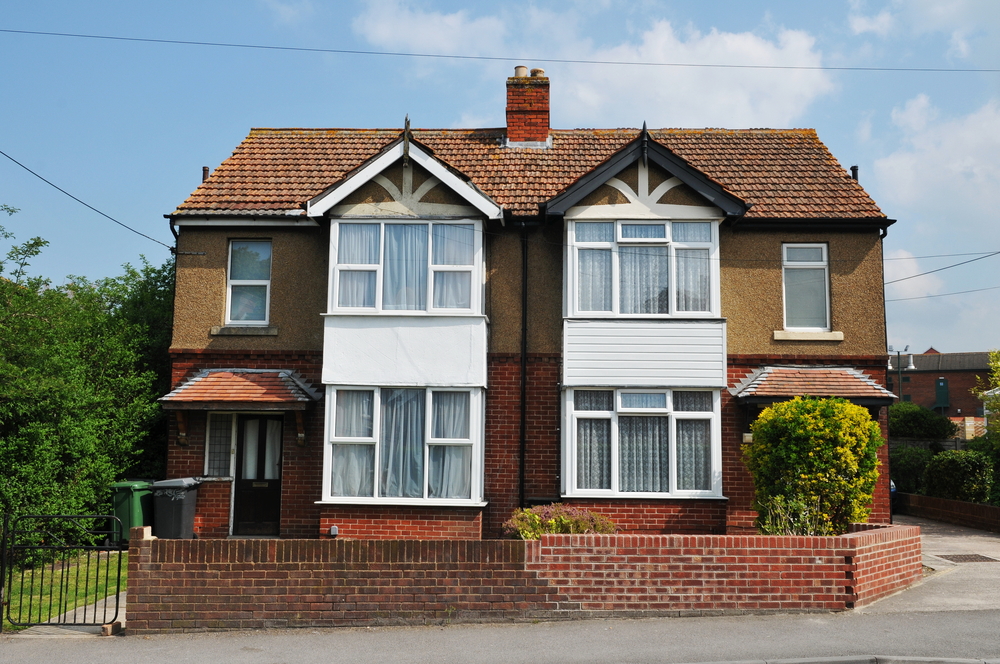The average rate charged on two-year fixed rate mortgages across all LTVs increased by 0.09 per cent in one month, the fastest increase in the average rate since February 2012 when it rose by 0.13 per cent.
Research from Moneyfacts shows that the average two-year fixed rate increased on 14 (70 per cent) of the 20 business days in April and fell just three times (15 per cent).
Anyone applying for a two-year fixed on 1 April would have been offered an average rate of 3.52 per cent, but by 30 April it would have risen to 3.61 per cent, or an additional £290.88 over the term for a mortgage of £250,000.
At the same time, SWAP markets have been volatile, rising and falling weekly, in a response to continual speculation of when BoE base rate will rise.
The tight correlation between the two-year fixed rate and two-year SWAP rate suggests that there is little ability in the mortgage rates charged for the banks to absorb the increased cost to them of borrowing money.
Sylvia Waycot, Editor at Moneyfacts, said: “It is a very different mortgage market to four months ago when the government withdrew its controversial FLS, thereby cutting access to cheap money. Banks are facing scrutiny over balance sheets via stress tests and capital holding requirements, plus there are increased costs of regulation and processes such as MMR.
“The two-year fixed rate mortgage has been the favoured option for the risk-averse borrower who enjoys the knowledge that they know what their mortgage will cost each month. However, as these deals have come to an end, many borrowers have reverted to the SVR of their lender, as in many cases it has proved a cheaper alternative.
“However, the average two-year fixed rate increased fourteen of the twenty business days in April and the average five-year fixed rates have fared no better, increasing 15 out of 20 working days in April.”
Share on facebook Share on twitter Share on email Share on gmail More Sharing Services
Date: May 6, 2014 Author: Joanne Atkin




